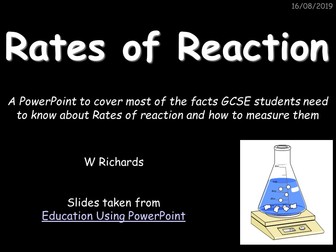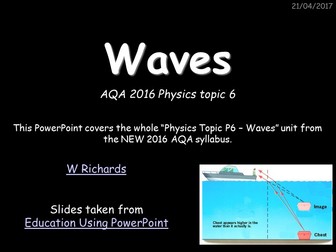9-1 AQA Physics topic 5 - Forces
<p>This PowerPoint covers the entire Forces content for the AQA 9-1 GCSE course and has over 100 slides! It covers: vector and scalar quantities, contact and non-contact forces, weight and mass, weight being proportional to mass, centre of mass, resultant force and how it affects motion, drawing a resultant force using scale drawings, vector diagrams, work done, force and extension, the limit of proportionality, elastic and inelastic deformation, force and compression, turning moments, levers, gears, pressure in liquids and gases, calculating pressure, how and why pressure changes with depth, why objects float, atmospheric pressure, distance and displacement, speed and velocity, distance-time graphs, calculating acceleration, velocity-time graphs, acceleration due to gravity, terminal velocity, balanced and unbalanced forces, Newton’s Laws of Motion, F=ma, inertial mass, stopping distances, reaction times, momentum, conservation of momentum, change in momentum and force.</p>



